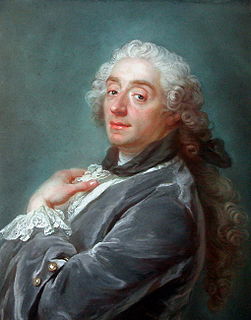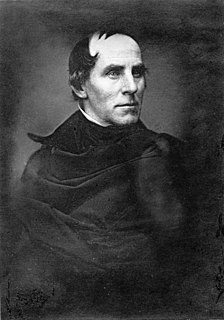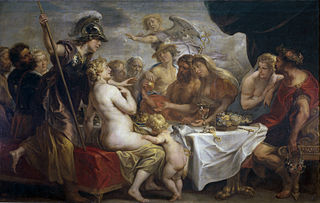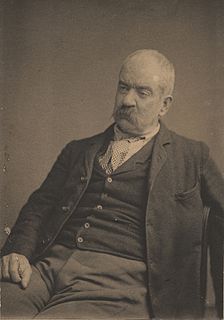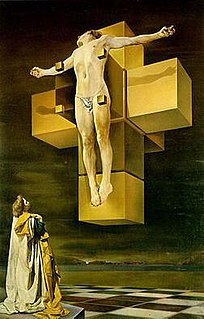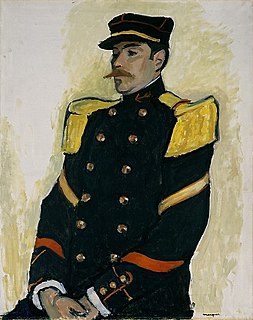| The Five Points | |
|---|---|
 | |
| Artist | Unknown |
| Year | c. 1827 |
| Medium | Oil on wood panel |
| Location | Metropolitan Museum of Art, New York City |
| Accession | 2016.797.17 |
The Five Points is an early 19th century oil painting by an unknown artist which is in the collection of the Metropolitan Museum of Art, New York. [1]

The Metropolitan Museum of Art of New York City, colloquially "the Met", is the largest art museum in the United States. With 6,953,927 visitors to its three locations in 2018, it was the third most visited art museum in the world. Its permanent collection contains over two million works, divided among seventeen curatorial departments. The main building, on the eastern edge of Central Park along Museum Mile in Manhattan's Upper East Side is by area one of the world's largest art galleries. A much smaller second location, The Cloisters at Fort Tryon Park in Upper Manhattan, contains an extensive collection of art, architecture, and artifacts from Medieval Europe. On March 18, 2016, the museum opened the Met Breuer museum at Madison Avenue on the Upper East Side; it extends the museum's modern and contemporary art program.
The painting is a reproduction of an oil painting by George Catlin depicting the chaotic lifestyle of New York City's Five Points district, a notorious slum on the Lower East Side. Unlike Catlin's painting, the reproduction was itself reproduced many times, notably in an 1855 guide to New York City.

George Catlin was an American painter, author, and traveler, who specialized in portraits of Native Americans in the Old West. Travelling to the American West five times during the 1830s, Catlin was the first white man to depict Plains Indians in their native territory.

The City of New York, usually called either New York City (NYC) or simply New York (NY), is the most populous city in the United States. With an estimated 2018 population of 8,398,748 distributed over a land area of about 302.6 square miles (784 km2), New York is also the most densely populated major city in the United States. Located at the southern tip of the state of New York, the city is the center of the New York metropolitan area, the largest metropolitan area in the world by urban landmass and one of the world's most populous megacities, with an estimated 19,979,477 people in its 2018 Metropolitan Statistical Area and 22,679,948 residents in its Combined Statistical Area. A global power city, New York City has been described as the cultural, financial, and media capital of the world, and exerts a significant impact upon commerce, entertainment, research, technology, education, politics, tourism, art, fashion, and sports. The city's fast pace has inspired the term New York minute. Home to the headquarters of the United Nations, New York is an important center for international diplomacy.

Five Points was a 19th-century neighborhood in Lower Manhattan, New York City. The neighborhood was generally defined as being bound by Centre Street to the west, the Bowery to the east, Canal Street to the north, and Park Row to the south. Through the twentieth century, the former Five Points area was gradually redeveloped, with streets changed or closed. The area is now occupied by the Civic Center to the west and south, which includes major federal, state, and city facilities, and the African Burial Ground National Monument. To the east and north, former Five Points area is located within Chinatown.
One of these reproductions is currently on display at the Metropolitan Museum's Gallery 758. [1] [2] [3]
